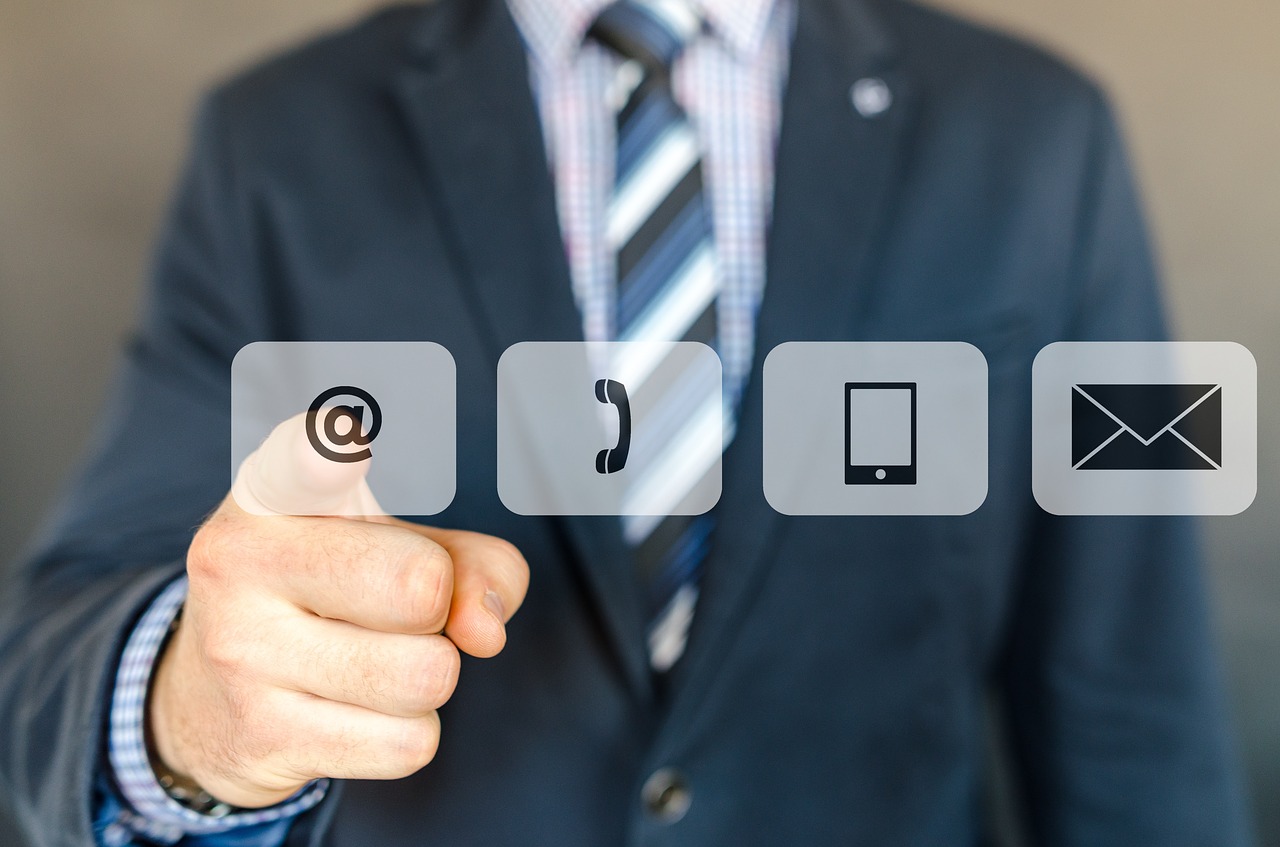
Email is a major part of today’s work environment. While many businesses, especially startups, are turning to other tools like Slack, HipChat, Google Hangouts, Skype, and others to boost communication, email remains crucial as the standard method for official business. Though written communication has always been an art, email is a unique form with its own rules, etiquette, and management needs (for more tips on optimizing your inbox, check out this post). To create an effective email communication style at work and avoid wasting time, follow these guidelines:
Stop and Think
Before you even start writing, you need to decide if the email you are about to send is absolutely necessary. Most people are overwhelmed with emails, so anything you send needs to be purposeful and actionable. Ask yourself the following two questions:
- Is this something that should be discussed in person?
- Is this something that can be resolved via another channel, such as an internal chat platform?
If the answer to either is yes, then don’t spend your time on an email! Better yet, use the opportunity to chat with your recipient in person.
Subject Lines Are Your Best Friends
If you are sending an email, the first thing your recipient will read is the subject line. Don’t waste this opportunity to clearly communicate what the email is about. Above all, don’t leave it blank!
Give a summary of the email’s content. For example, “Project” is a bad subject line. Instead, you should specify exactly which project you are referring to, and if you can, other information such as due date. One trick is to pre-categorize the email for the recipient; for example, if you are working on multiple projects, your subject line could be “[Project XYZ] Timeline of Deliverables”
If what you need to say in your email is especially short, you may be able to fit it entirely in the subject line. Just remember to use ‘EOM’ (End of Message) so that your recipient knows that s/he doesn’t need to read the body of the email.
Brevity is the Soul of Wit
Shakespeare knew what he was talking about–it’s much harder to write a clear and concise email than to word-vomit all of your thoughts.
Firstly, don’t beat around the bush. Any email you send should have a purpose, so make sure that purpose is clear to the recipient. Get to the point right away by using short sentences and plain language. Your message should be understood at first glance, not after repeated reading.
Secondly, only include what is necessary. Keep the email short and sweet, as anything extraneous just muddies the waters. Some executives even swear by this rule: “If you can’t keep the email under 4 lines, set up a meeting.”
Focus: Stick to One Topic Per Email
You may think it’s time-saving to cover several topics in one email. This only makes sense if your email will not be responded to.The problems arise when people start replying to some parts of the messages and not others. Once a thread has been going for a while, topics from the original message can get lost entirely.
Consider Your Tone
Although brevity is important, it’s worth sparing an extra sentence to make sure you don’t come across as brusque. 93% of human communication is non-verbal, so when you are already missing the face-to-face touchpoint, pay extra attention to your tone, and how the recipient might perceive your email. Especially when the email subject might be related to feedback, it’s always better to step away after writing and re-visit the email again at a later time before sending–many conflicts can be avoided this way!
Always Proofread
Regardless of your grammatical skills, it’s easy to make typos. Always read over your email before hitting send. Sometimes, reading it out loud will even help you understand how it will be received. There are tons of free spell-checking apps and extensions to help make this a bit easier, especially if you are not a native speaker of the language you are writing in (we like Grammarly). Double-check spelling and grammar, as well as making sure you have adhered to the rules above, and your emails should be good to send!
What are your top tips for effective email communication? Tell us in the comments!